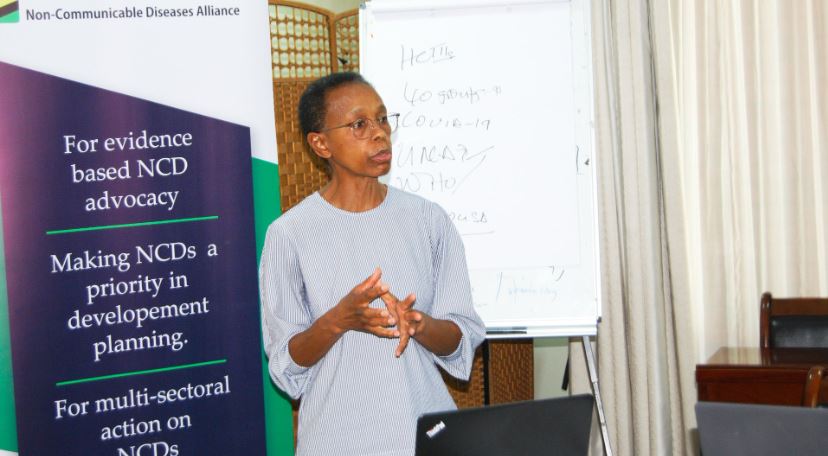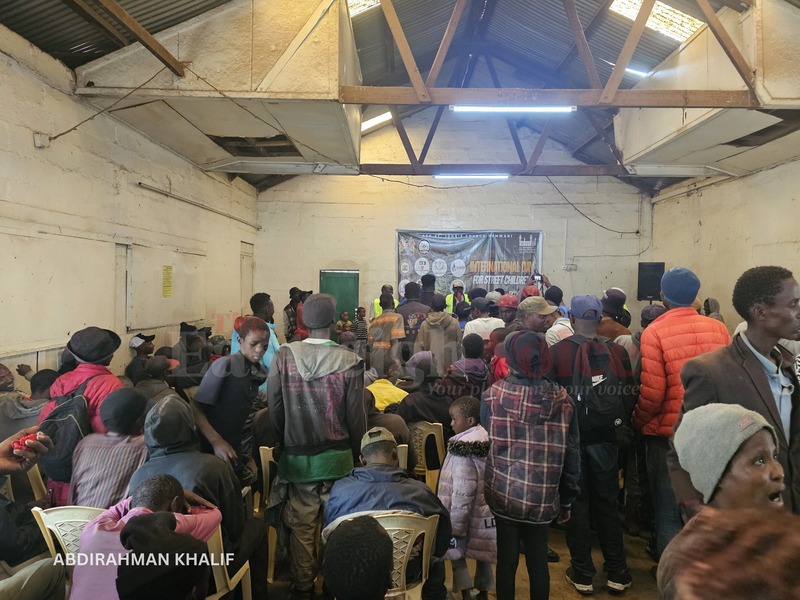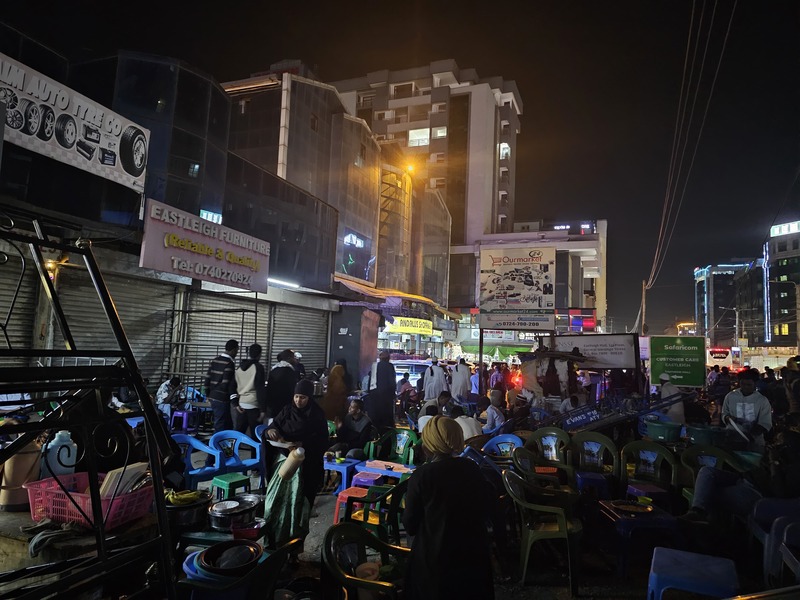Experts urge swift adoption of clear food products labelling to warn of harmful ingredients

Front-of-pack labelling refers to a system that places nutritional information directly on the front of packaged food products, intended to provide consumers with quick, easy-to-read details about the health content of the food they are purchasing.
Health experts have called on the government to speed up the implementation of front-of-pack labelling (FOPL) regulations in a bid to protect consumers from health risks associated with excessive consumption of sugar, salt and unhealthy fats.
Catherine Karekezi, an executive Director at Non-communicable Diseases Alliance Kenya, says the continued delay to enforce the regulations risks increased prevalence of the killer non-communicable diseases.
More To Read
These include diabetes, hypertension and other cardiovascular ailments.
According to the lobby, the diseases contribute to over half of all inpatient admissions and account for nearly half of hospital deaths in the country.
“Today, NCDs are associated with 41 percent of the total deaths, and 50 percent of hospital admissions in the country,” Karekezi said.
Easy-to-read details
Front-of-pack labelling refers to a system that places nutritional information directly on the front of packaged food products, intended to provide consumers with quick, easy-to-read details about the health content of the food they are purchasing.
In this context, the labels will highlight the three key nutrients of high concern: sugar, salt, and unhealthy fats.
The labels have been proposed to have clear warning symbols or messages for instance “high in sugar”, “high in fat” to alert consumers to products that exceed recommended thresholds for specific nutrients.
Other experts from the alliance who also spoke during a media briefing held in Nairobi on Thursday emphasised that Kenya is at a critical point in its fight against lifestyle-related illnesses.
Programme officer Anne Swakei said the lack of transparent food labelling continues to leave consumers vulnerable to unhealthy dietary choices.
“We are urgently calling for the mandatory warning labels on the front of packaged food and beverage products that exceed recommended thresholds for the three nutrients of concern,” Swakei said.
Global public health recommendations
She said the proposed labelling system aligns with global public health recommendations and best practices, and the lobby believes its adoption will empower consumers to make healthier decisions at a glance.
The alliance noted that the adoption will pressure manufacturers to reformulate their products, ultimately improving the food environment.
The alliance is currently pushing for swift policy action and enforcement, while at the same time warning that further delays could result in a deeper public health crisis.
Notably, most countries across the globe are now taking measures to ensure the management of NCDs, leaning majorly towards population-based interventions.
Special food classification system
NCD Alliance Kenya further revealed that the state is working on a special food classification system that will streamline healthy diet goals in the country while reducing the health cost burden.
Titled the Nutrient Profile Model, the initiative which is yet to be unveiled by the government, is backed to guide the FOPL implementation within the food environment in the country.
The model seeks to rank foods by their nutritional value, provide guidance and classification for foods and beverages high in nutrients of concern, and establish threshold limits for those nutrients.
The model also seeks to support public health campaigns in reducing unhealthy food consumption and generally help in the creation of a food environment that is healthy for everyone.
Top Stories Today







































